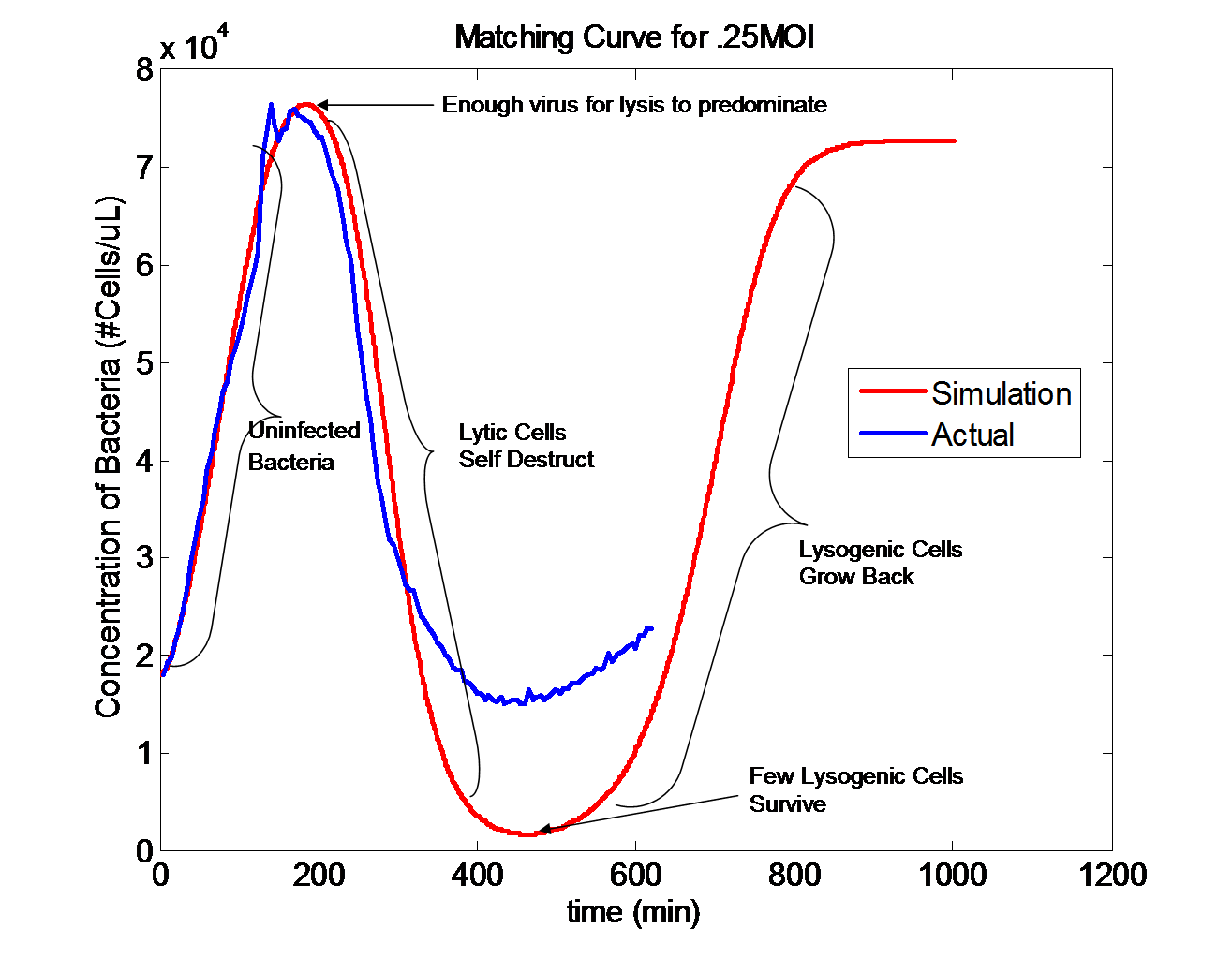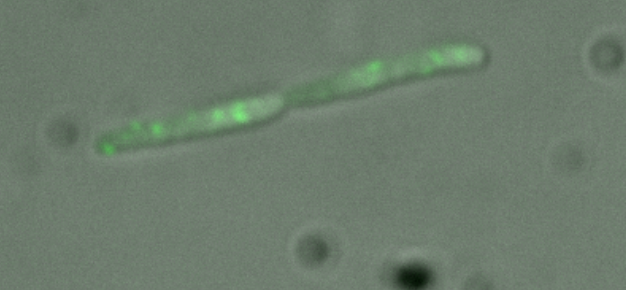Virginia Tech
From 2007.igem.org
(Difference between revisions)
BlairLyons (Talk | contribs) m |
BlairLyons (Talk | contribs) m |
||
| Line 7: | Line 7: | ||
<center>[[Image:Title_bar.JPG]]</center> | <center>[[Image:Title_bar.JPG]]</center> | ||
| - | <center><h3><font color="#8b0000"> This wiki is under construction! | + | <center><h3><font color="#8b0000"> This wiki is under construction! Check back in a couple of days. |
</font></h3></center> | </font></h3></center> | ||
Revision as of 02:03, 25 October 2007
 This wiki is under construction! Check back in a couple of days. |
|
Look around to learn about our 2007 project: Engineering an Epidemic.
|












